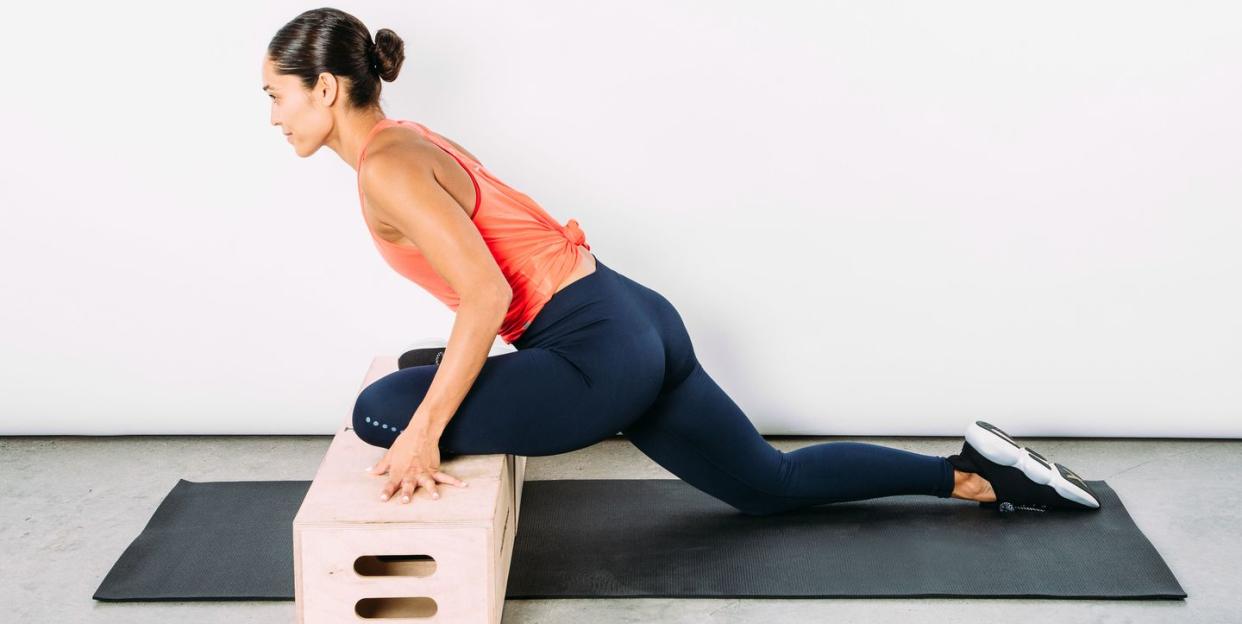Stretching Benefits More Than Just Your Muscles—It Helps Your Heart, Too

According to research published in the Journal of Physiology, regular stretching can do more than prime your muscles for action and prevent injury—it can also reduce your risk of heart disease and diabetes.
This is because stretching increases your blood flow and reduces the stiffness in your arteries.
Stretching before and after a workout has often been advised for better performance, faster recovery, and reduced injury risk. But research in the Journal of Physiology suggests the practice could have even bigger health benefits than you think.
Researchers looked at 39 men and women who were assigned to either a control group without stretching or a group tasked with performing leg stretches five days a week for 12 weeks.
You love cycling. We love cycling! Come join us at Bicycling All Access
The stretches they did were passive, sometimes called static—rather than the more active type, also known as dynamic or resistance-based—and involved five sets of four specific stretches done for 45 seconds each, with a 15 second rest between.
Cyclists would easily recognize the stretches study participants performed, which include:
Half-Kneeling Quad Stretch
Standing Quad Stretch
Standing Heel Drop Stretch
Lying Hamstring Stretch
After the 12 weeks were up, those in the stretching group showed increased blood flow in their lower legs and upper arms, and reduced arterial stiffness, leading researchers to conclude that this type of stretching could help prevent diseases related to vascular issues—like heart disease and diabetes.
Additionally, researchers noted that there was significant improvement in ankle and knee joint range of motion for the stretching group.
Although this study was conducted before the COVID-19 global pandemic, the study’s authors stated that increased stretching could be especially helpful now that we’re generally staying in our homes more, as a way to improve risk factors for heart disease, stroke, and other conditions.
[Download the All Out Studio App for more amazing at-home workouts!]
If you’re ready to incorporate more passive stretching into your workout routine—which can also help reduce cycling-related soreness and assist in muscle recovery—be sure you’ve got the timing right, according to Aaron Leventhal, C.S.C.S., owner of Minneapolis-based Fit Studios.
He told Runner’s World that the conventional wisdom is to do dynamic stretches before exercise and passive stretching after. The static stretches can help during a cool down to help you lower exercise-related stress on the body, and also helps extend and elongate muscles that have been shortened during a workout.
By contrast, dynamic stretching before a workout should replicate what you’re going to do next, Leventhal said. For example, if you’re going to ride, you should consider doing walking lunges to prep the legs and hips for that type of movement.
Not only could you make your rides more efficient by focusing on stretching correctly, but it seems you could be doing your heart a favor as well.
You Might Also Like

